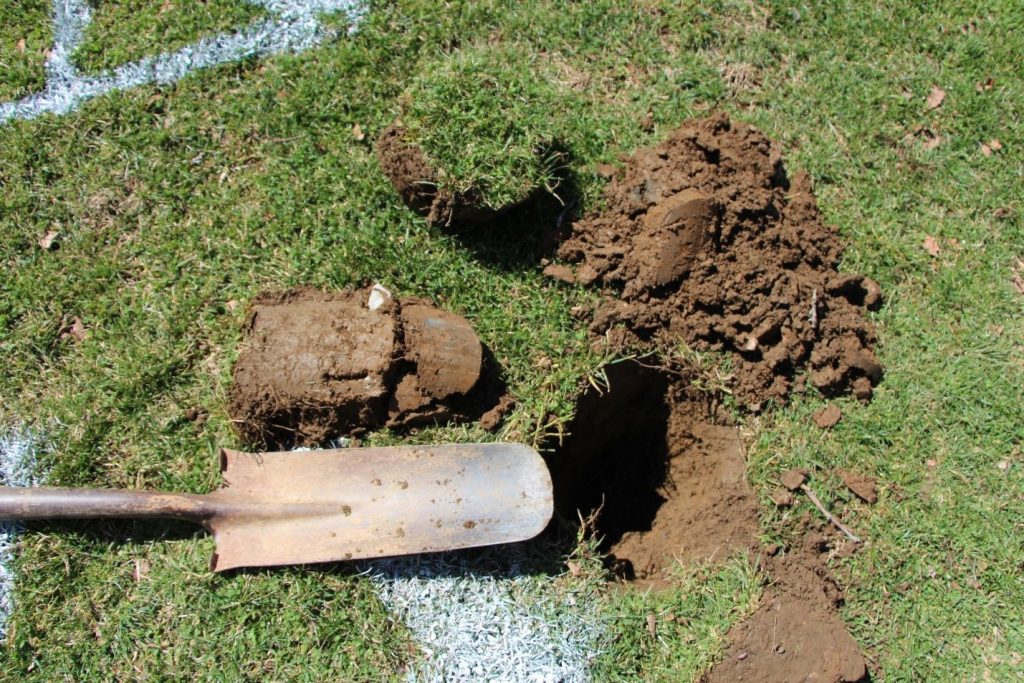Practical Application
Menu
Practical Application
- Conduct soil tests to understand the type and function of your existing soils (See Site: Audit).
- Consult a local landscape architect or soil scientist to develop a soil management plan and to determine best materials for the site.
- Protect existing soil by limiting disturbance, particularly during construction or maintenance activities.
- Communicate soil protection guidelines to the maintenance staff and contractors.
- Implement soil protection and enhancement measures; integrate with site erosion control planning.
- Specify sustainable materials to use for composts, mulches, and amendments.
Digging a soil test pit is an easy way to understand a site’s soil conditions. Narrow spades are excellent for this job, and the vertical extractions of soils can be sent to a soil lab for testing.

Source: Thomas Rainer
Tagged practical application

